"The study reviews the current state of impact investments in Singapore and Hong Kong, particularly those that have engaged with foundations. It further looks at the trends and challenges of the impact investment sector before presenting a list of recommendations."
"This research note asserts that impact investment, which is intended to create positive social or environmental impact beyond financial return, constitutes a new asset class. The report also includes the first large-scale data analysis of return expectations from more than 1,000 impact investments and compares them to established benchmarks for emerging and developed market debt and equity returns. We hope this report helps to advance a broader understanding of impact investing as an appropriate and economically effective way to complement government and philanthropy in solving the world's greatest problems at scale."
"The Impact Management Project (IMP) provides a forum for building global consensus on how to measure, manage and report impacts on sustainability. It is relevant for enterprises and investors who want to manage environmental, social and governance (ESG) risks, as well as those who also want to contribute positively to global goals."
"Unitus Seed Fund has published a guide that has combined the methodology and approach the organization applied to designing to an impact measurement framework and consists of templates by sector for multiple types of businesses that can be downloaded for use."
"This knowledge brief aims to provide an overview of the IMM landscape in Nigeria and draws lessons from organizations who have IMM experience in West Africa. The knowledge brief focuses on providing an understanding of how impact is defined by some organizations, what elements they take into consideration when designing an IMM strategy, why they measure impact, the upsides and downsides of standardization, challenges they face in measuring and managing impact, and how they utilize data to drive impact. The knowledge brief also shares the IMM journey of three organizations: Aspire Coronation Trust (ACT) Foundation, LEAP Africa and MBC Africa, and provides recommendations on implementing IMM."
"The following document presents five case studies to demonstrate how a diverse group of organizations have developed sound impact measurement practices, including how the seven guidelines are being applied in the organization, as well as the organization’s impact measurement practices, the contextual factors that shaped their impact measurement approach, how they involved key stakeholders along the way, and key “impact measurement lessons.” These case studies – which are highly diverse in nature – aim to help investors and investees translate the seven guidelines for impact measurement into an impact measurement approach that is right for them."
"This report aims to capture characteristics of the impact investing sector in Latin America over the past two years based on a sample of impact investors active in the region. Through institution-level and deal-level data shared by these investors, this report gives a snapshot of where and how capital is being allocated and identifies challenges that the ecosystem faces. The report focuses on the region widely while taking a deeper dive into three of the region's largest markets: Brazil, Colombia, and Mexico."
"In September 2020, the Aspen Network of Development Entrepreneurs (ANDE) published a study titled “Impact Investing in Latin America”, which examines trends in the region during 2018 - 2019. Below is a spotlight on Central America, which uses data from the full report to highlight key trends in Central American countries during this two year period."
"The Impact Investment Landscape in Brazil is a follow-up to the study launched by the Aspen Network of Development Entrepreneurs (ANDE) and the Association for Private Capital Investment in Latin America (LAVCA) in October 2018. This national report is based on a sub-sample of the 67 survey respondents from the Latin America study, of which 29 are active in Brazil and 22 invested in the country during the period 2016-2017. Most of them identify themselves as impact investors or managers of private equity or venture capital funds. The report provides data on the profile of the active investors, investment activity for 2016-2017 and expectations for investment in Brazil in 2018-2019."
"This guide aims to educate social enterprises, incubators, accelerators, capacity developers, and investors on impact investing. It includes relevant laws and potential structures to access impact investing funds and can be used as a resource when entering investment negotiations. This guide unpacks the underlying causes behind less-than-efficient impact investment markets and was written with two goals. First, by setting out basic guidelines, we wish to help those already in the investing space and interested in getting involved in impact investing determine the right approach from the investors' and the social entrepreneurs' perspectives. Secondly, we wish to offer practical advice based on our experience, where we have witnessed critical impact investment discussions. In this paper, we will attempt to bridge the gap between theory and real-world implications, particularly in the Indian context."
